Tokyo Art Scene: Prints, Paintings And Photography
The Different Forms Of 2D Visual Art
Enjoy some visually stimulating works of 2D art through these special exhibitions featuring rare books, modern paintings and film photography.
This week’s Tokyo Art Scene will introduce three exhibitions centered on 2D art mediums.
Nerima Art Museum will present a private collection of rare books and paintings while taking its visitors on a historical journey on the development of the printing press.
Artizon Museum, most known for its extraordinary modern art exhibitions, will show off its collection through a curated educational exhibit.
Those who favor the grungy aesthetics of film photography can try the Masahisa Fukase retrospective exhibition at the Tokyo Photographic Art Museum, which looks into the artist’s personal life and the role of photography in memorializing it.
“800 Years of Books and Paintings: Rare Books and Paintings from the Yoshino Gypsum Collection”
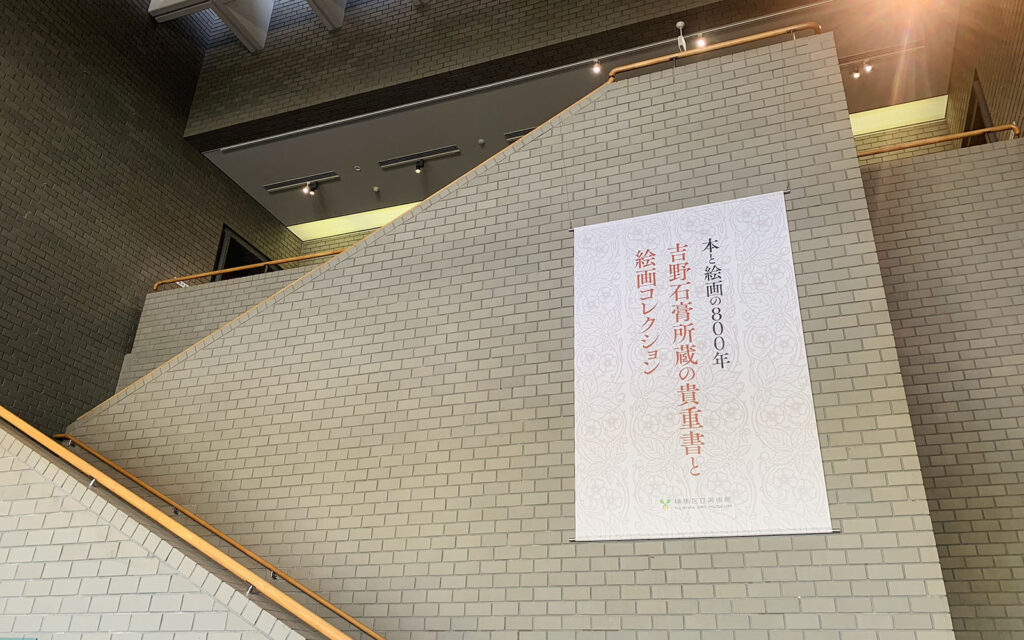 © Photo by Nadila
© Photo by NadilaBooks are usually not the first thing that comes to mind when we talk about visual arts. This temporary exhibit by Nerima Art Museum suggests that creating books as a physical form has always required some visual aesthetic and craft. Displaying a range of rare books dating back to the 13th century, the exhibition meticulously looks into the history of the print press and the people behind it.
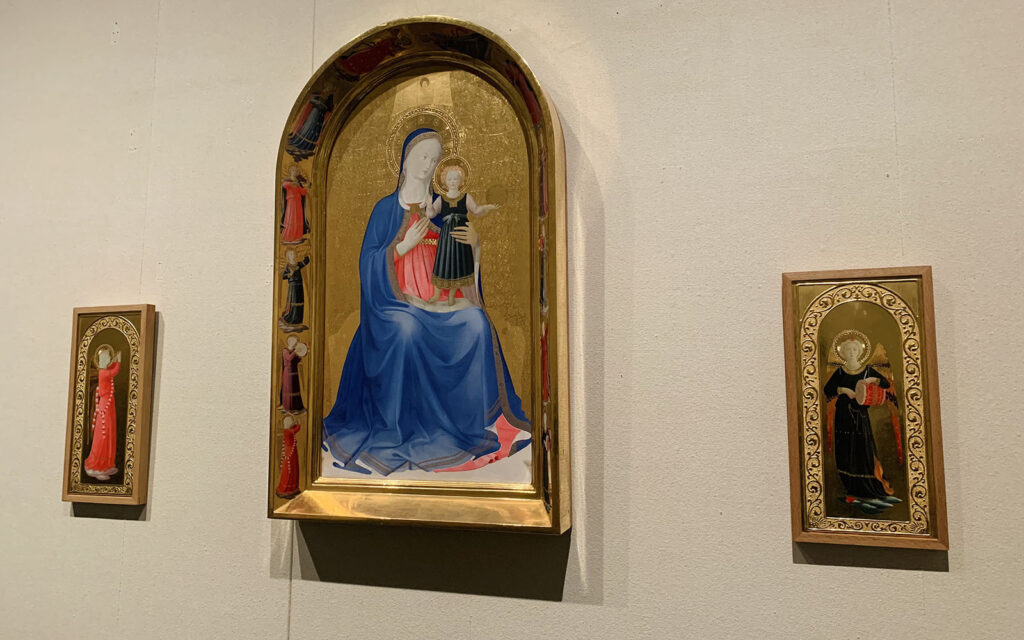 © Photo by Nadila
© Photo by NadilaThe displayed works are assembled from the Yoshino Gypsum Collection, comprising mainly Modern French and nihonga (Japanese) works. The exhibition’s first-floor features book leaves from the 1400s-1500s. Most of these books were written by religious figures and contained much Christian imagery. Take time to revel in the lettering details and the carefully painted images.
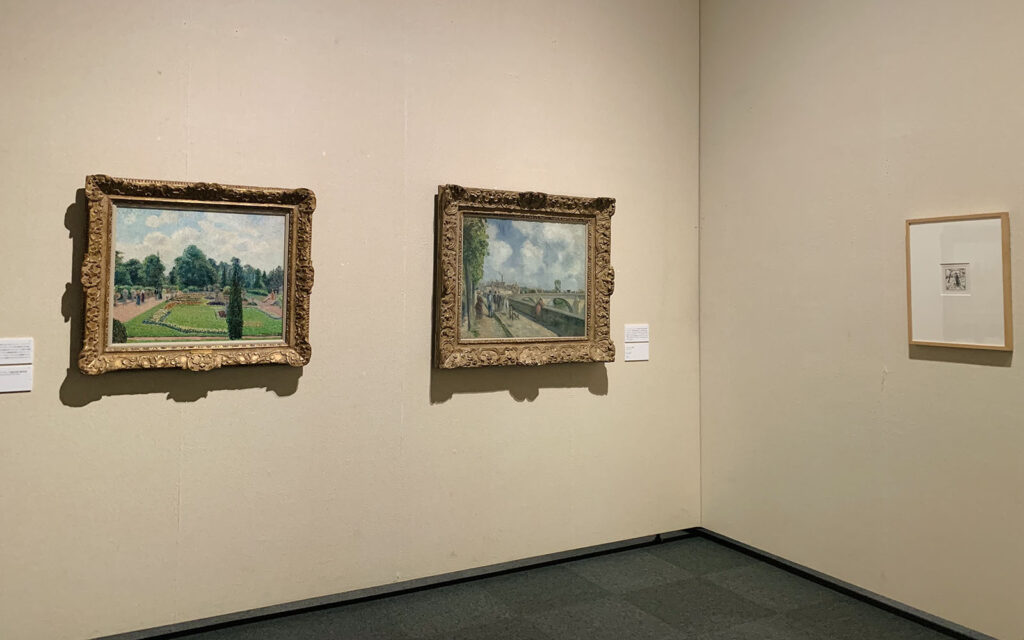 © Photo by Nadila
© Photo by NadilaMove up the museum’s second floor, and you will find more recent artworks, paintings and woodblock prints produced in the past century. Visitors can find the works of Modern European masters such as Camille Pissaro and Pablo Picasso as the exhibit narrates the development of the printing press. The collection is concluded with several works by Japanese painters. Traditional Japanese paintings on scrolls and brushed with soft colors contrast the European sceneries that color canvases.
- Date
- Now through Sun, Apr. 16, 2023
- Time
- Daily except Mon. from 10 A.M. to 6 P.M.
- Location
- Nerima Art Museum, 1-36-16 Nukui, Nerima-ku - Map
- Fee
- ¥1,000 (Adults), ¥800 (University and high-school students, 65-74 year olds), Free (Middle-school students and under, over 75 years old)
- Info
- 3-minute walk from Nakamurabashi Station
“Delighting in Art ―Seeing, Feeling, Learning”
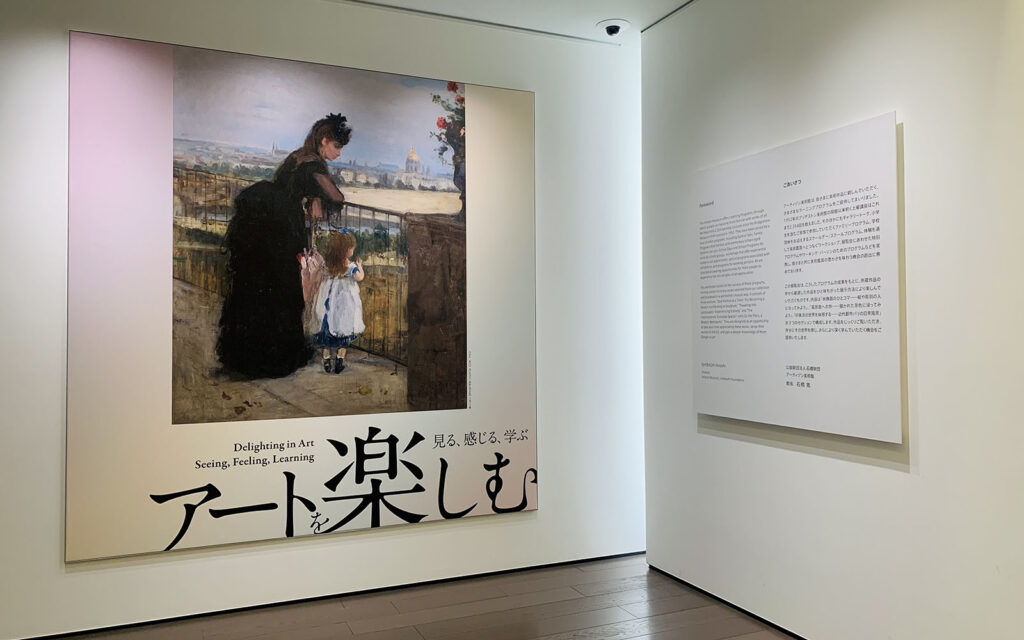 © Photo by Nadila
© Photo by NadilaThe emergence of (what we now refer to as) Modern art in the late 1800s changed the trajectory of fine arts. With more artists emerging from the shells of strict and elitist academic art, the visual arts began seeing a diversification of subject matter and personal style. Artizon Museum holds a diverse collection of Modern art accessible to the public through their temporary exhibit.
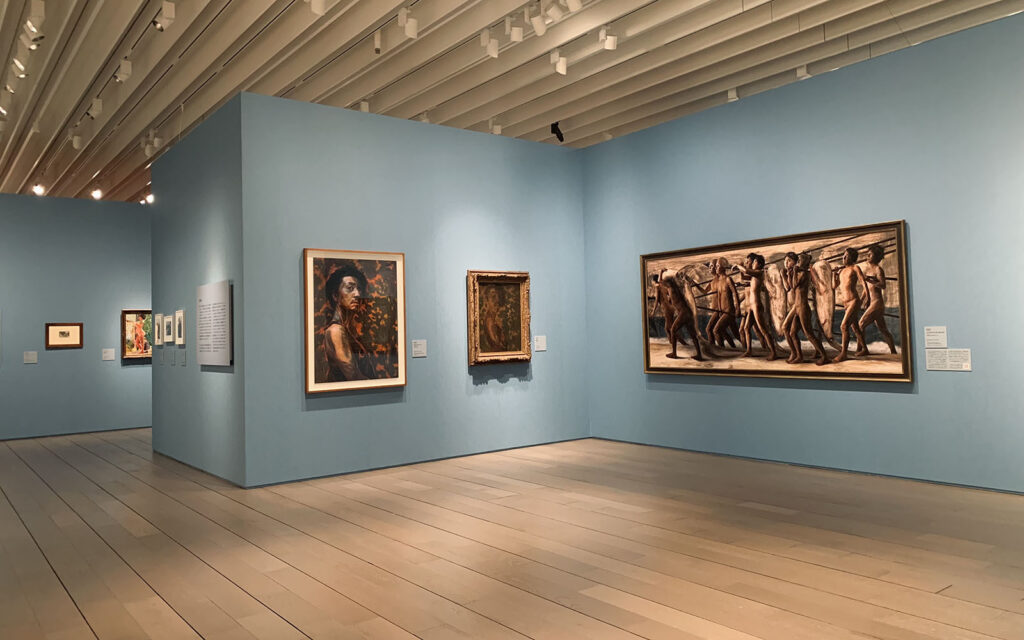 © Photo by Nadila
© Photo by NadilaThe collection consists of modern artworks by European and Japanese artists. Visitors can find the familiar pastels of Monet, the abstract shapes of Picasso and Paris sceneries as rendered by various painters. Works by notable Japanese artists such as Koide Narashige are also showcased in this exhibition. Separated into three sections, the exhibit highlights the common themes of Modern art—depiction of the everyday. Self-portraits, landscapes of urban streets and people interacting in public spaces, the collection brings forth a window to the 18th century.
 © Photo by Nadila
© Photo by NadilaSome captions do not provide English translations, but the visual experience warrants visiting Artizon Museum. Take this opportunity to visit concurrent exhibitions “Selections from the Ishibashi Foundation Collection” which showcases artworks from 16th century to 20th century, and “Dumb Type, 2022: remap” which presents works by Japanese art collective Dumb Type.
- Date
- Now through Sun, May 14, 2023
- Time
- Daily except Mon. from 10 A.M. to 6 P.M.
- Location
- Artizon Museum, 1-7-2 Kyobashi, Chuo-ku, Tokyo - Map
- Fee
- ¥1,200 (Online Reserved Ticket), ¥1,500 (Same day tickets), Free (Students, disabled visitors. Advanced reservation required)
- Info
- 5-minute walk from Tokyo Station, Kyobashi Station, Nihonbashi Station
“Masahisa Fukase 1961-1991 Retrospective”
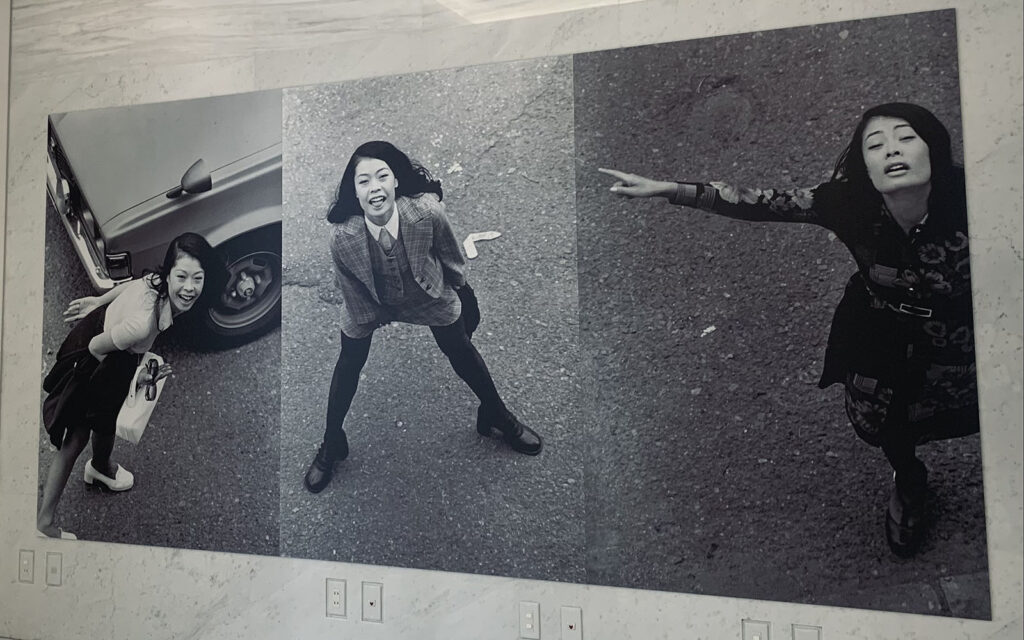 © Photo by Nadila
© Photo by NadilaFor Masahisa Fukase, images transcend death. Through photographs, the Hokkaido-born artist chooses to commemorate his life and his loved ones. Tokyo Photographic Art Museum in Ebisu is currently exhibiting a retrospective on the Japanese photographer, showcasing 30 years’ worth of works.
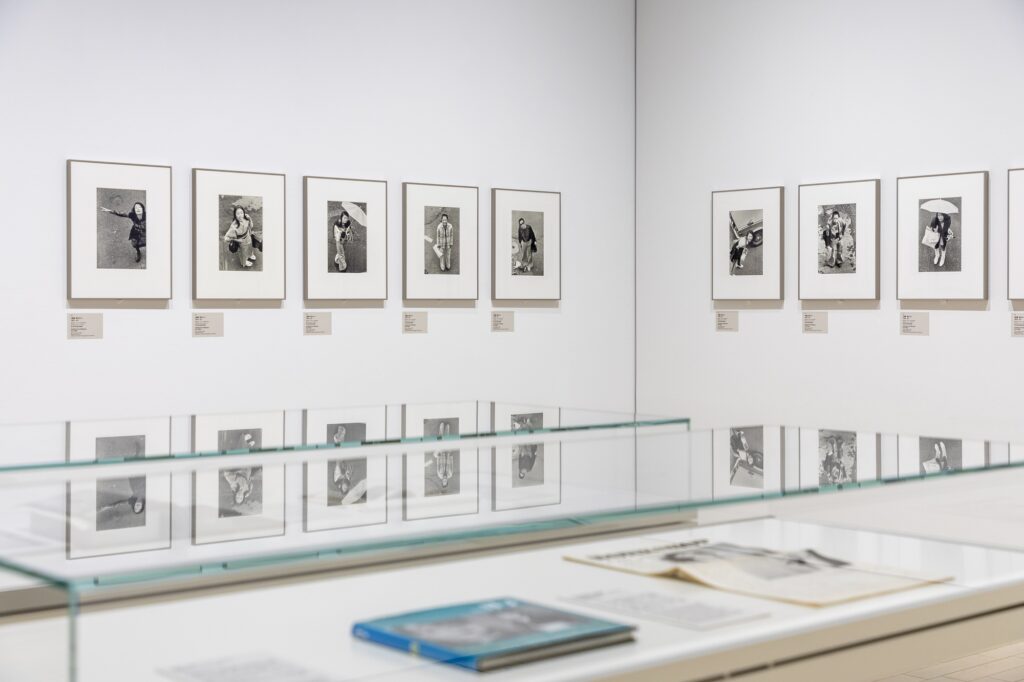 © Photo by Tokyo Photographic Art Museum
© Photo by Tokyo Photographic Art MuseumFukase’s favorite subject to photograph was his wife, Yoko. She appears in many of his travel photographs and photography series such as “Yugi (Homo Ludence)”—which is presented as an introduction to the retrospective exhibition. His photography series “Yoko,” which exclusively compiles pictures of his wife, features a set of images taken from a bird’s eye view. The camera zooms in on Yoko’s figure, showing off her flashy clothing and beaming smile.
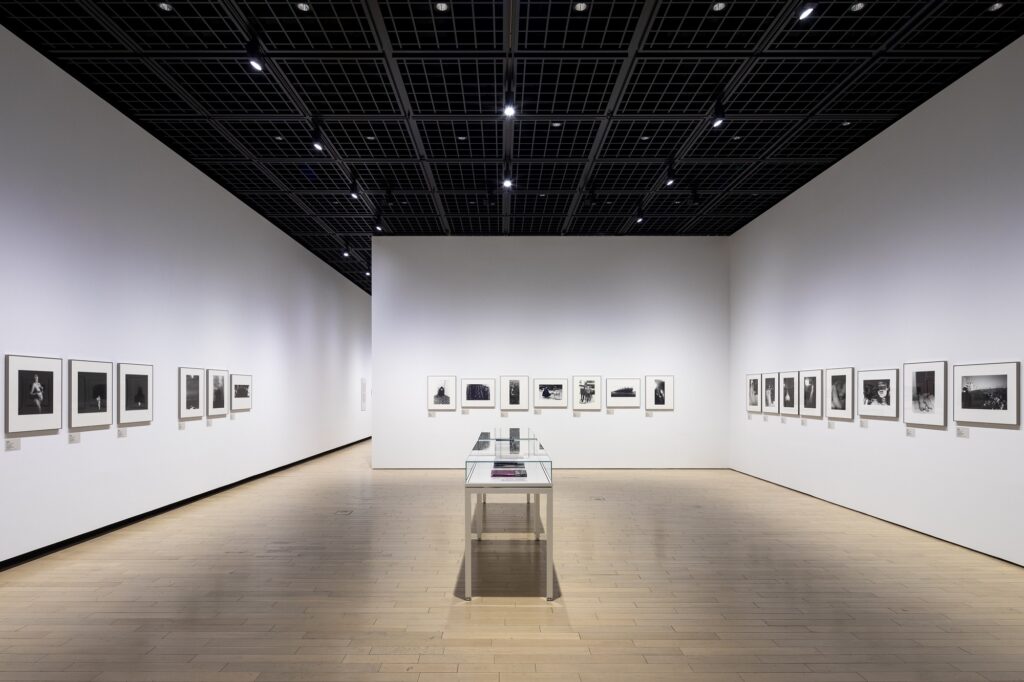 © Photo by Tokyo Photographic Art Museum
© Photo by Tokyo Photographic Art MuseumPrivate life becomes a recurring theme in Fukase’s work. His family and two pet cats become the subjects of photographs as well. After his divorce from Yoko and the separation of his family, Fukase continued to show intimate parts of his private life by inserting himself into his images. In his series “Shikei (Private Scenes),” Fukase’s toes and left eye peeks into corners of European and suburban Japanese landscapes. The retrospective exhibit closes off with “Bukubuku”, a series of self-portraits taken in the bathtub. The camera zooms into Fukase’s face and body parts; his silly faces while sticking out his tongue gives the images a sense of humor, but it is also strangely intimate.
- Date
- Now through Sun, Jun. 4, 2023
- Time
- Daily except Mon. from 10 A.M. to 6 P.M.
- Location
- Tokyo Photographic Art Museum, Yebisu Garden Place, 1-13-3 Mita Meguro-ku - Map
- Fee
- ¥700 (Adults), ¥560 (University students), ¥350 (High-school & junior high-school students, Over 65), Free (Grade school students and younger, those with disability certificates)
- Info
- 10-minute walk from Ebisu Station
If you’re itching for inspiration or a change of scenery, these temporary art exhibitions can provide you with a visually stimulating experience as well as a valuable learning opportunity












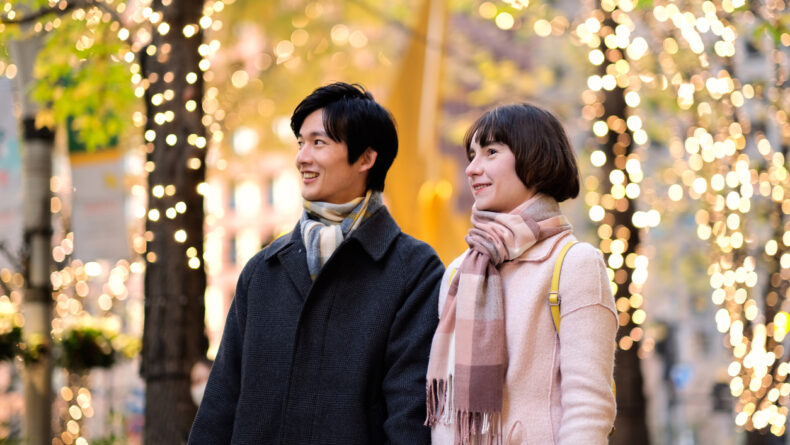


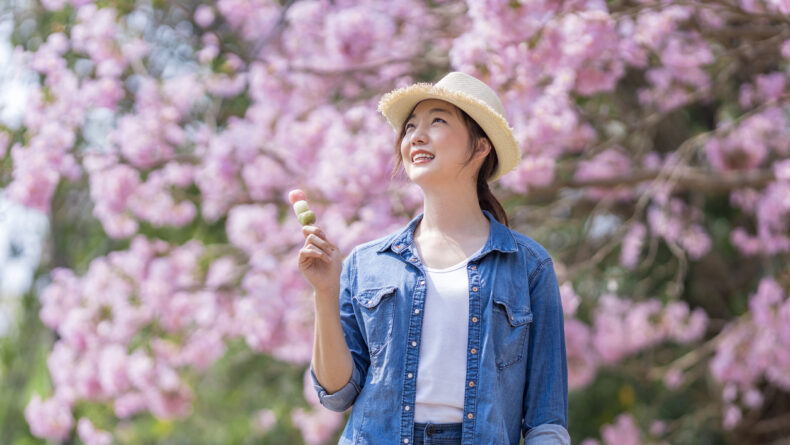
Leave a Reply